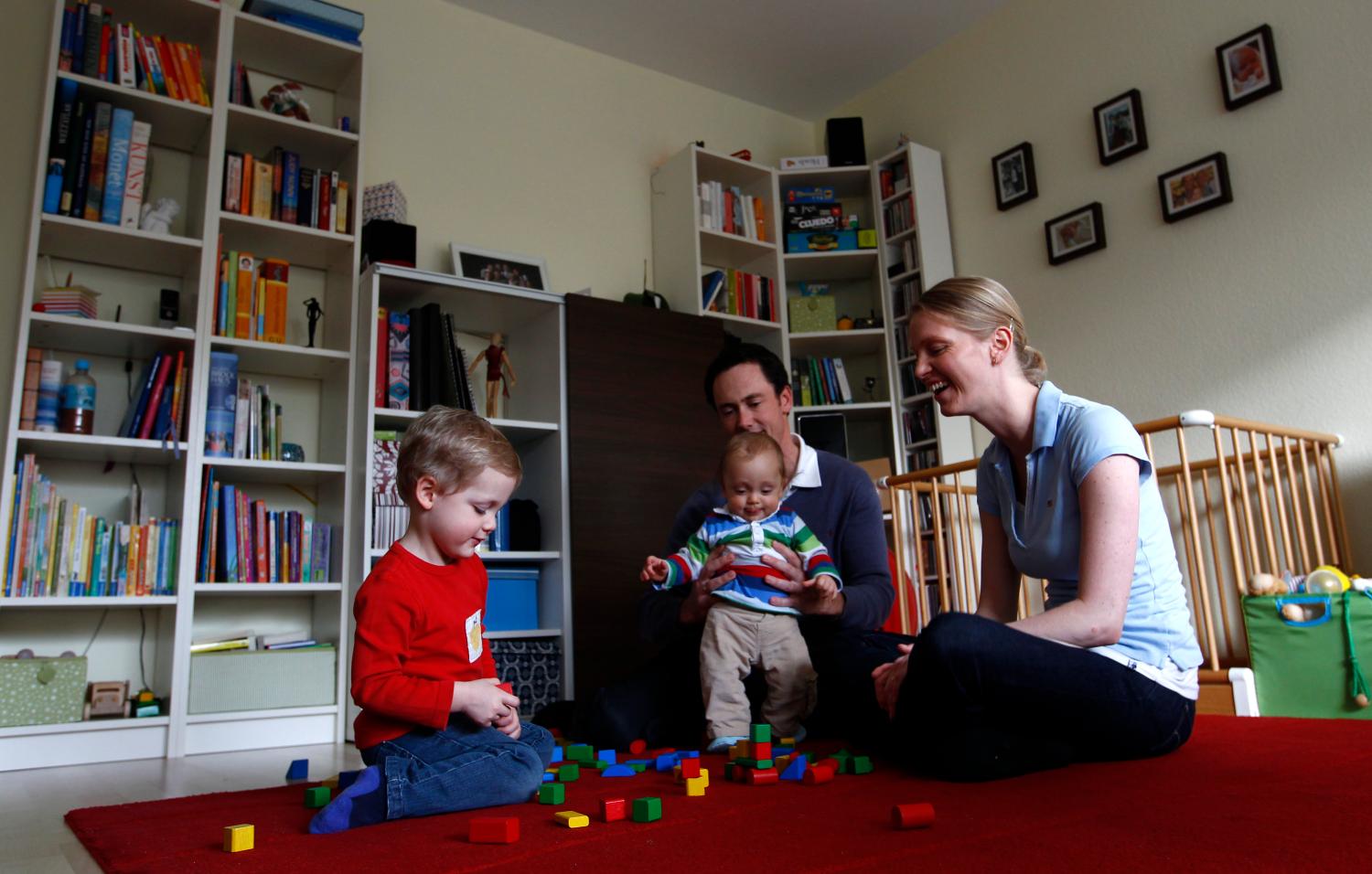Adopting an official measure of social mobility and charging an office to track it would help create a shared understanding of the facts, a clear assessment of U.S. challenges and progress, and a better foundation for developing policies likely to make America more socially mobile.
There is a strong case for the mobility measure and related activity to be owned and promoted by an independent, apolitical institution, because improving the rate of social mobility is a long-term task, spanning many Administrations and Congresses. Giving mobility an institutional ‘home’—in the form of an Office of Opportunity—will help maintain a commitment to the mobility cause over the longer-term. The new Office of Opportunity will act, then, as a commitment device, a measuring device, and an accountability device.

Recognizing that there is an important space between agreeing, in general terms, that we have a mobility problem, and agreeing on policy solutions, it should still be possible to at least agree to officially measure trends in mobility, track interim indicators of our direction of travel, and assess the likely effects of various policies on mobility. The Office of Opportunity should be given three central tasks:
- Defining and measuring success. By contrast to other areas of bipartisan enthusiasm (such as economic growth), there is a dearth of clear, comparable, consistent data on progress on social mobility. And there is no official measure that is tracked and published on a regular basis, unlike, for example, the poverty statistics. The Office should produce an annual official mobility report, with a selection of different yardsticks, as well as perhaps highlighting a single measure of progress, such as those born in the bottom quintile making it to one of the top two.
- Producing leading indicators of likely future mobility trends. The Office should also produce annual reports on shorter-term trends that—based on the best available evidence—will likely lead to more upward mobility in the long run, such as a dashboard from which overall progress can be estimated, similar to one produced by the British government comprised of 17 indicators.
- Assessing policies for improving social mobility. The Office would research whether the many policies aimed at narrowing the opportunity gap are effective, and the charge would include evaluation not just of government programs but also policies adopted by businesses or voluntary organizations. Corporate hiring policies, for example, may have as great an impact on mobility as any number of federal K-12 initiatives. The Office ought to be evangelical about the ends—intergenerational mobility—but agnostic about the various means to it. What matters is what works.
There are three possible ways to set-up the office: by Executive Order, through legislation or as a hybrid agency, commission or board. All three have pros and cons, and the establishment method is important to ensure the office is minimally political and long-lasting since mobility takes time to measure and improve upon.
It is always tempting, especially for those of us outside government, to prescribe the creation of a new institution to fix a prevailing social or economic problem. As a rule, the better path is to make better use of existing institutions. But there is at least a plausible argument that intergenerational mobility could be an exception, that a new institution is justified. This is not to say that even a modestly-funded, narrowly-focused Office of Opportunity will have an easy birth. Building an institution is always hard: and never more so, perhaps, than in a congressional political system, during a partisan period of political life. If ‘opportunity is who we are,’ we should do a better job of finding out how we are faring, and holding ourselves and our successors to greater account for our efforts to restore its promise.
The Brookings Institution is committed to quality, independence, and impact.
We are supported by a diverse array of funders. In line with our values and policies, each Brookings publication represents the sole views of its author(s).





